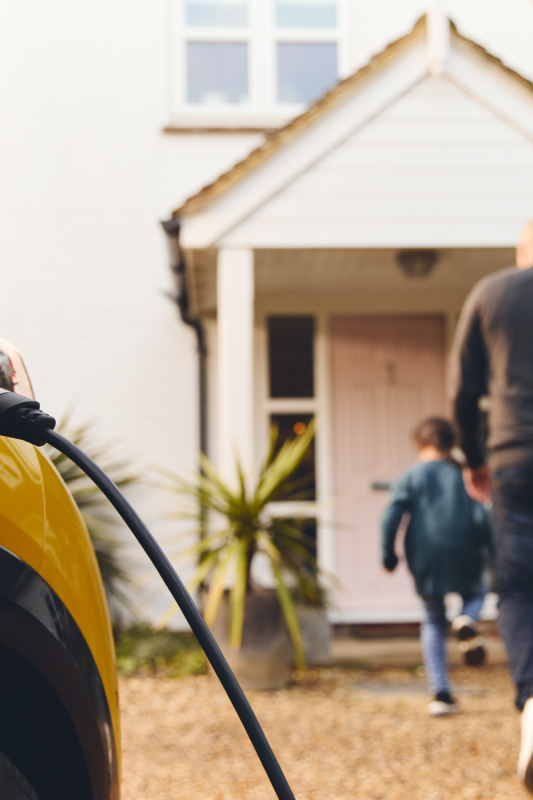Uncategorized
Understanding EV Charging Time
Understanding EV Charging Time at Home

If you’re considering purchasing an electric vehicle (EV), one of the essential factors to understand is how long it takes to charge your EV at home. Charging times can vary depending on several factors, including the charging level, battery capacity, and the type of charging equipment you use. Let’s delve into the details to help you better understand EV charging times at home.
Charging Levels: EV charging is typically classified into three levels:
- Level 1 Charging (120-volt Outlet): Level 1 charging involves using a standard 120-volt household outlet to charge your EV. This method provides the slowest charging speed, typically offering around 3-5 miles of range per hour of charging. Level 1 charging is suitable for overnight charging or for EV owners with low daily driving distances.
- Level 2 Charging (240-volt Outlet): Level 2 charging utilizes a dedicated charging station connected to a 240-volt electrical supply. Charging speeds for Level 2 stations vary depending on the EV’s battery capacity and the charging station’s power output. On average, Level 2 charging can provide approximately 10-30 miles of range per hour of charging, making it suitable for most EV charging needs.
- Level 3 Charging (DC Fast Charging): Level 3 charging, also known as DC fast charging, offers the fastest charging speeds for EVs. These chargers can provide an 80% charge in as little as 30 minutes, making them ideal for long-distance travel or quick top-ups while on the go. However, Level 3 charging stations are less common in residential settings and are typically found at public charging stations.
Battery Capacity: The charging time for your EV also depends on the size of your vehicle’s battery capacity. EVs with larger battery capacities will take longer to charge compared to those with smaller battery capacities. For example, an EV with a 100 kWh battery may take longer to charge than an EV with a 50 kWh battery, even when using the same charging level and equipment.
Factors Affecting Charging Speed: Several factors can affect the charging speed of your EV, including:
Battery State of Charge: Charging speeds may decrease as the battery approaches full capacity, as the charging rate typically slows down to prevent overcharging.
Charging Equipment: The type and power output of the charging equipment you use can impact charging speed. Higher-powered charging stations, such as Level 2 or Level 3 chargers, can provide faster charging rates compared to Level 1 chargers.
Electrical Supply: The electrical supply available at your home can also affect charging speed. If your home’s electrical infrastructure cannot support high-power charging equipment, it may limit the charging speed of your EV.
Conclusion: In conclusion, the time it takes to charge your EV at home depends on several factors, including the charging level, battery capacity, and charging equipment. Level 1 charging offers the slowest charging speeds, Level 2 charging provides moderate charging speeds suitable for most EV charging needs, and Level 3 charging offers the fastest charging speeds for quick top-ups while on the go. By understanding these factors, you can better estimate the charging time required for your EV and plan your charging schedule accordingly.








